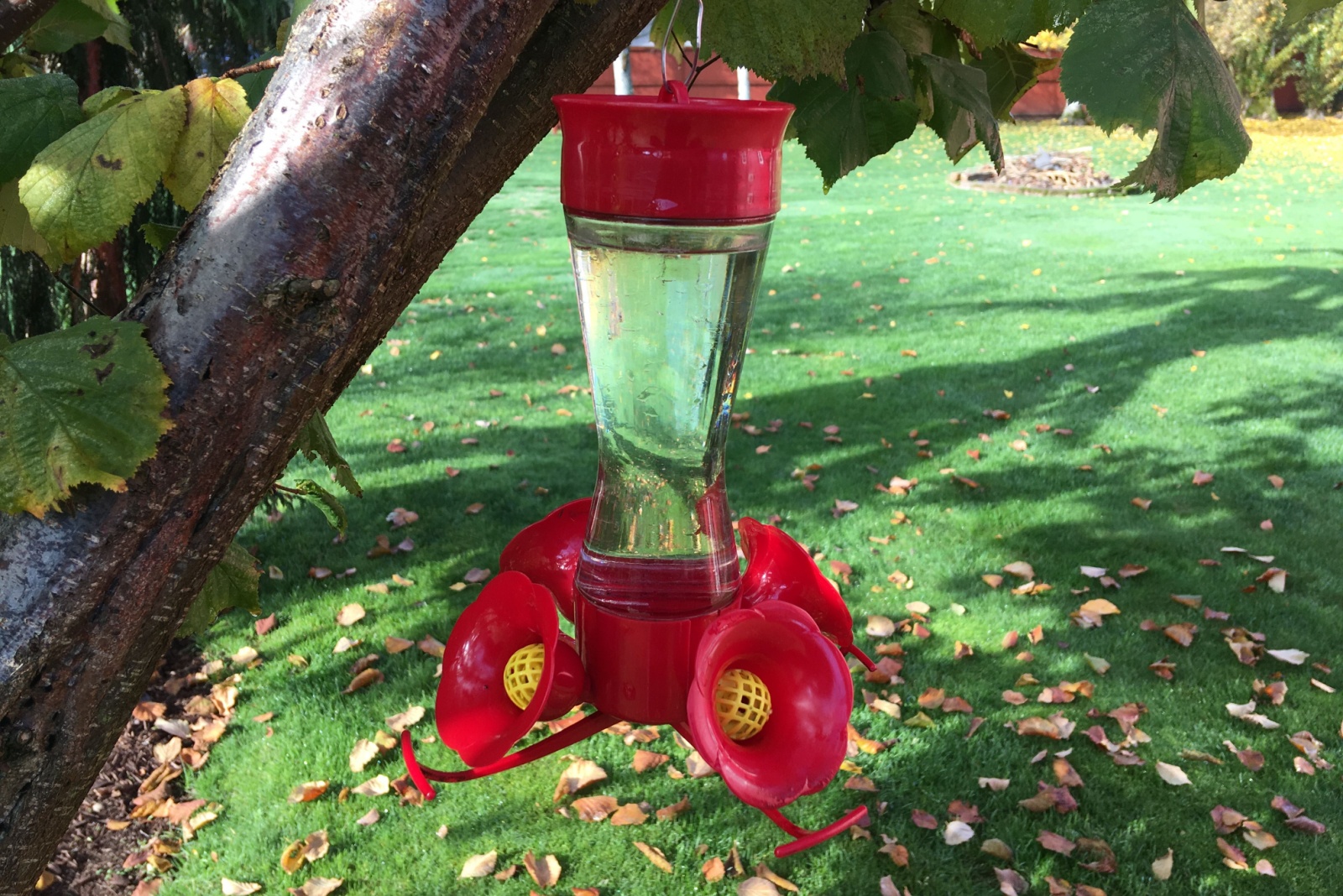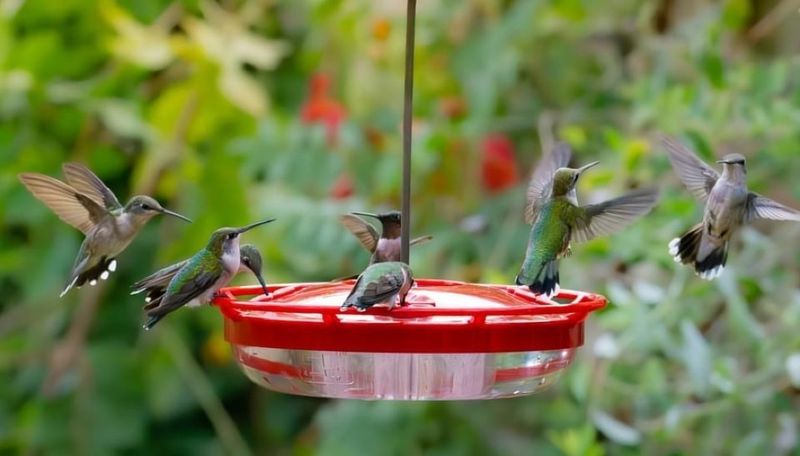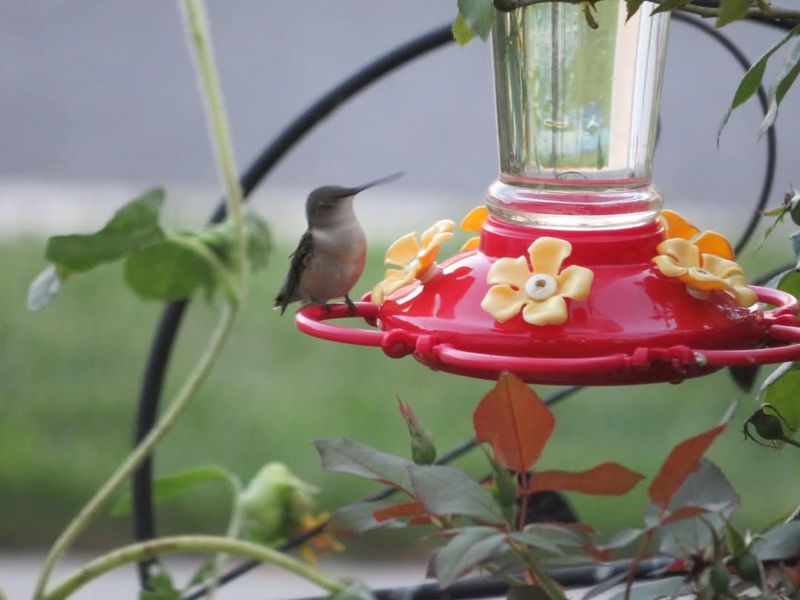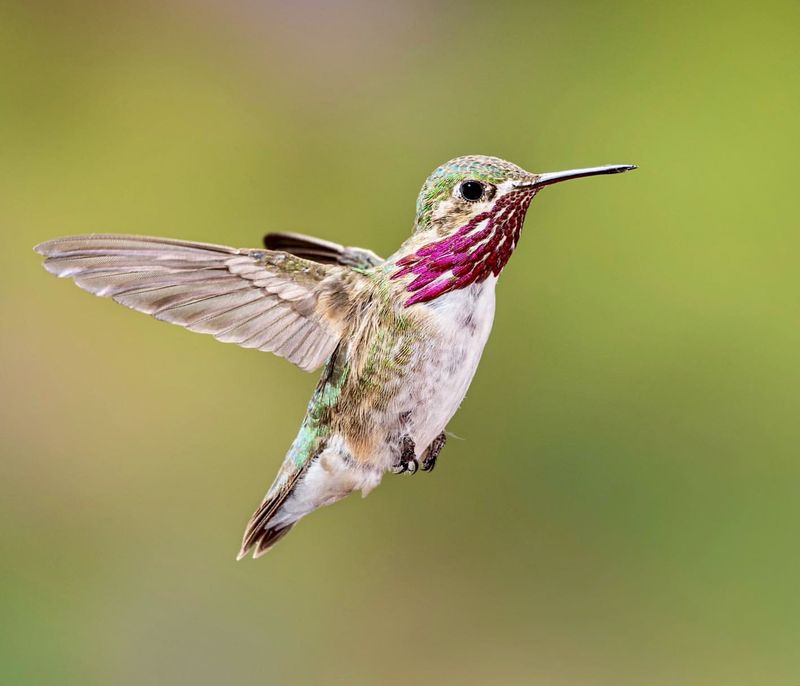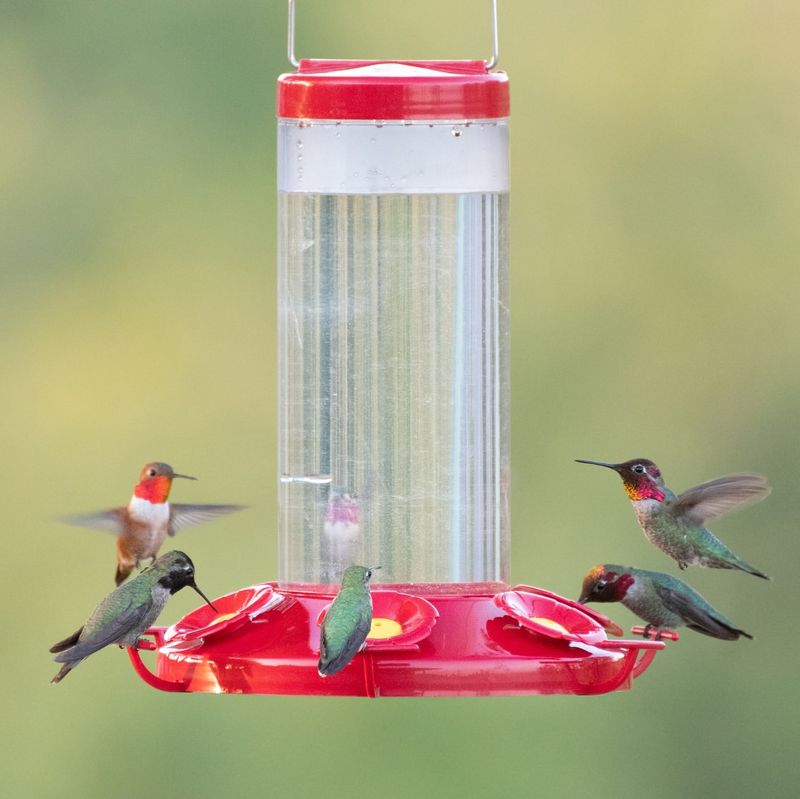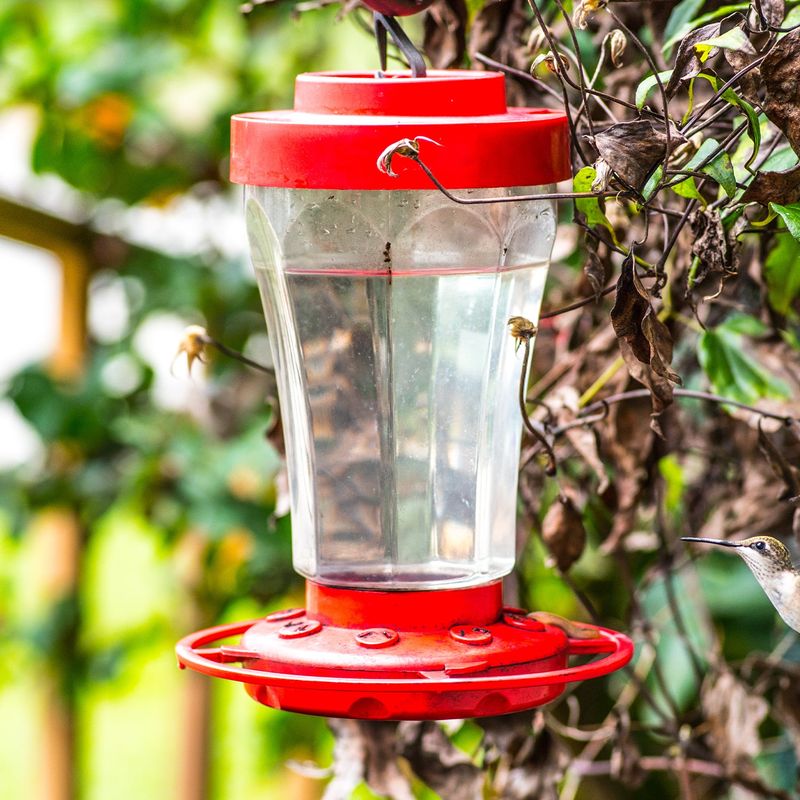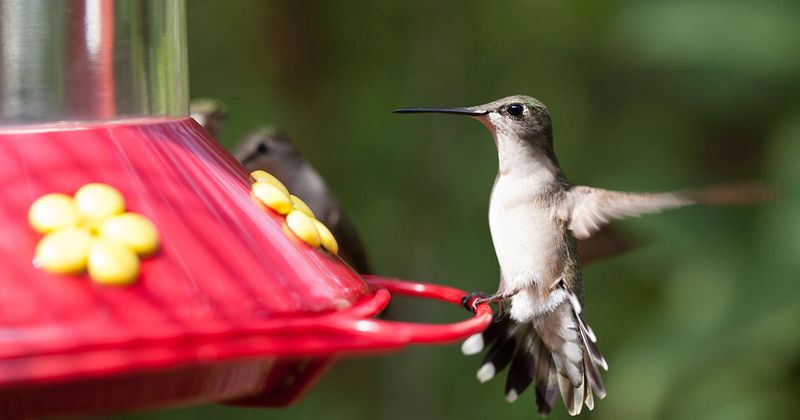Watching hummingbirds zip around your backyard is one of the best parts of summer in Kansas. But as fall approaches, you might wonder when it’s time to put those feeders away for the season.
Knowing the right timing helps migrating hummingbirds while keeping your feeders in good shape for next year.
1. Wait Until Late October Or Early November
Most Ruby-throated Hummingbirds leave Kansas by mid-September, but stragglers often pass through later. Keeping feeders up through October gives these late travelers a much-needed energy boost for their long journey south.
Some hummingbirds migrate from northern states and Canada, stopping in Kansas to refuel. Removing feeders too early could leave these exhausted birds without food sources when they need them most for survival.
2. Watch For Two Weeks Without Sightings
A good rule of thumb is waiting two full weeks after your last hummingbird visit before taking down feeders. This ensures any late migrants have already passed through your area safely.
Keep a simple calendar or notebook by your window to track sightings. Once you hit that 14-day mark with zero visits, you can confidently store your feeders until spring returns with warmer weather and new flowers blooming everywhere.
3. Check Local Migration Reports Online
Websites like Journey North and local birding groups track hummingbird migration patterns across the country in real-time. Kansas birders regularly report sightings, helping you make informed decisions about feeder timing.
These online resources show migration maps with recent sightings marked by date and location. Following these reports takes the guesswork out of feeder removal, especially during years when migration patterns shift due to unusual weather conditions affecting bird behavior.
4. Consider Keeping One Feeder Up Longer
Rare species like Rufous Hummingbirds occasionally wander into Kansas during fall migration from western states. Leaving just one clean feeder available through November could help these uncommon visitors.
You don’t need multiple feeders during this period since traffic drops dramatically. A single well-maintained feeder provides plenty of nectar while making monitoring and cleaning much easier for busy homeowners during the hectic fall season.
5. Clean Feeders Thoroughly Before Storage
Before packing feeders away, disassemble all parts and scrub them with hot water and white vinegar. Mold and bacteria can grow in hidden crevices over winter, making feeders unsafe for birds next spring.
Rinse everything completely and let pieces air-dry for at least 24 hours in sunlight if possible. Store clean feeders in a dry indoor location like a garage or basement to prevent damage from freezing temperatures and moisture buildup.
6. Leaving Feeders Up Won’t Stop Migration
A common myth suggests feeders prevent hummingbirds from migrating south for winter. This is completely false since migration is triggered by changing daylight hours and instinct, not food availability around homes.
Hummingbirds will leave Kansas regardless of feeder presence when their internal clocks signal departure time. Your feeders actually help them build fat reserves needed for their incredible 500-mile journey across the Gulf of Mexico to Central America.

